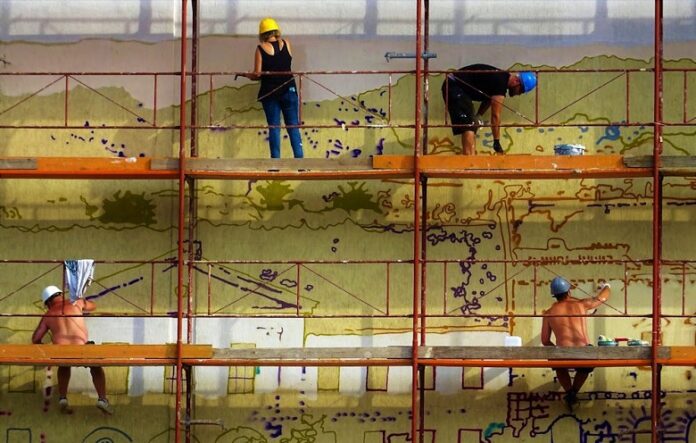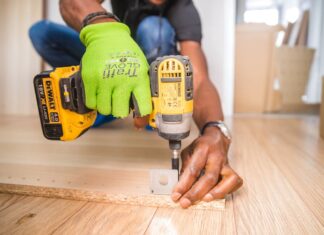In all forms of construction work, scaffolding is one of the essential techniques used in the modern age. Although it is a temporary structure it gives immense support to the construction workers. Scaffolding is a temporary platform structure to support building materials like concrete wood glass, metal, etc., but it needs to be sturdy and safe to use. It helps people to work at great heights or in places where it is hard to reach. This is usually made of metal poles, wooden planks, and bamboo sticks. This helps workers to reach areas of buildings for masonry, concreting, plastering, and painting. Continue to read about the advantages of scaffolding in construction.
- Improves Access – Scaffolding is essential for construction workers in different high-rise and mid-height buildings for construction workers with easy access. There are stairways or accessways in the various scaffolding so the work is done easily by workers so that they reach the assigned building level to complete the work allotted.
Scaffolding allows easy to workers to access to install windows on a certain floor. The need for impractical structures like ladders is reduced and they have limited capacity and boom lifts might be too expensive.
Safely and conveniently, the workers can use Erect Affordable Scaffolding easily to undertake a range of construction work. By taking advantage of scaffolding, they can dedicate more time to other core construction activities.
- Better Worker Safety – There are high safety risks and hazards in the construction sites. Hence, on-site personnel is needed to undertake these risks, make use of sturdy structures, and wear the right protective equipment.
Scaffolding is essential to improving the safety of workers along with the ease of to access the different parts of the building. Steel scaffolding is made of steel pipes that are connected by fittings and other couplings to form a stable network. Steel materials like other materials are better in distributing the work evenly. This is to be taken into consideration when two or more workers are using scaffolding together.
Steel scaffolding keeps the workers safe at work by distributing their weight evenly and has improved the capacity to bear heavy loads. Even after long time usage, the entire steel structure remains stable.
- Sturdy – Several main components are always present in all types of scaffolding. They include scaffold pipes/tubes, standards, braces, ledgers, couplers, railings, decks, stairways, and base plates. All these components individually have important properties. When they are grouped, they make a simple and incredibly sturdy framework.
Standards in scaffolding are tubes that are installed perpendicularly. They help in the even distribution of weight, while the weight of scaffolding may change.
The deck is yet another component that helps workers working in height to move from one side to another. To support the deck the use of scaffolding tubes can be used to hold it in place. It also helps in improving the safety features of the scaffolding as workers get protection from the live cables and other electric risks if any.
Conclusion
To summarize, easy accessibility, cost-effectiveness, improved safety, and sturdiness are some of the advantages of scaffolding in construction. Scaffolding in very essential in all the phases of the project of construction though it seems to be a temporary fixture. It allows workers to safely work on high-height buildings, thereby improving productivity. Scaffolding is not an innovation in the industry but its continuous use of it makes it a reliable structure in completing any given project.











